On our way towards the equator, we stop off in Otovalo. This town is famous for its craft market. Alpaca textiles in particular take center stage at this market. We had already been told beforehand that good quality alpaca blankets and ponchos are sold in Otovalo at affordable prices.
The largest open-air market in all of South America
Apparently, the Otovalo market is the largest open-air craft market in the whole of South America. We benefit from the fact that we are already there at 10 o’clock in the morning. The stalls are set up, the vendors are ready, but some of the goods are still being laid out. This allows us to take a quiet tour of the market and only every fourth or fifth vendor asks us to buy the most beautiful poncho or the warmest alpaca blanket. Really pleasant – we’ve experienced completely different markets!
We make our way through the market – after all, we want to know what is on offer before we show any real interest in buying and negotiate the price. And lo and behold, we even have an idea that is not so easy to realize: An alpaca poncho for Mimi, but please with a hood and without fringes at the edges. It turns out that, as is so often the case, there aren’t that many manufacturers behind all the sellers. So, all poncho models with hoods have cord fringes and all ponchos without hoods are optionally available with smooth edging at the edges. This also helps us to get to know more rather than fewer stands so that we can ask around as much as possible.
In the end, we buy a subtle blue striped alpaca poncho with a hood from the very first poncho stall we saw at the very beginning of our tour of the Otovalo market. Why simple when we can see through the whole market in a complicated way first… But it doesn’t matter, the market experience is impressive. So many different patterns and designs on small to huge textiles. There are one or two souvenirs for the eye. We also treat ourselves to an alpaca blanket for the colder nights in the heights of the Andes.
Crossing the equator into the southern hemisphere
After a stopover at the Otovalo market, we approach the southern hemisphere on fast bikes – thanks to the well-maintained Panamericana. At the real center of the world – as the Ecuadorians call the circle of latitude zero or the equator – we visit a museum where we can refresh our knowledge of the division of our planet and the corresponding sun while standing on the equator. We had heard a lot of the information before, but this museum makes it even clearer and easier to experience.
One part of the exhibition is a huge sundial, which is set up outside in a designated area. And unlike our sundials in Europe, this sundial has lines on two sides that mark the time. As the sun moves north or south of the equator across the sky depending on the time of year, the shadow is also formed on the other side of the central column to determine the time of day.
Of course, we also check the accuracy of the equator on our smartphone, and the circle of latitude actually reads 0°0’0” N, so we are actually on the real equator. But why are we even writing about the real equator here? In a nutshell, Quito, the capital of Ecuador, is named after an indigenous word for the center of the world. Later, French researchers wanted to calculate the equator and were probably a few kilometers off the mark, which is why Quito is still the center of the world today. But unfortunately, not really because the equator does not run directly through the visitor center in Quito. Nevertheless, this almost center of the world is still active as a tourist attraction. In the end, however, we only visited the “real” center of the world just outside Quito and therefore cannot report first-hand on the tourist attraction near Quito.
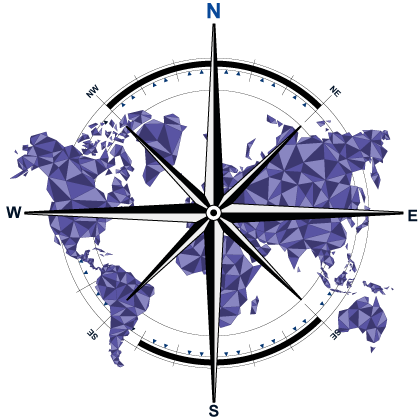



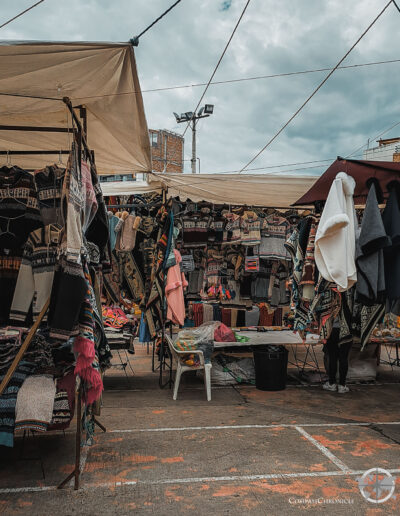
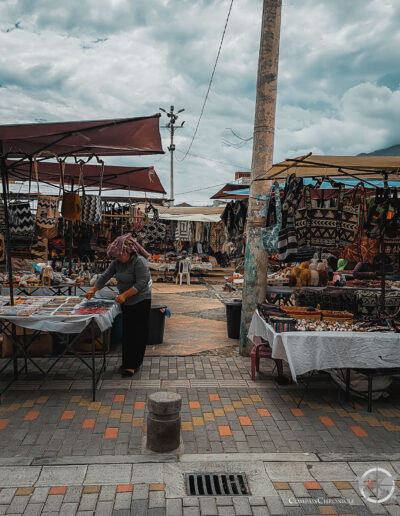


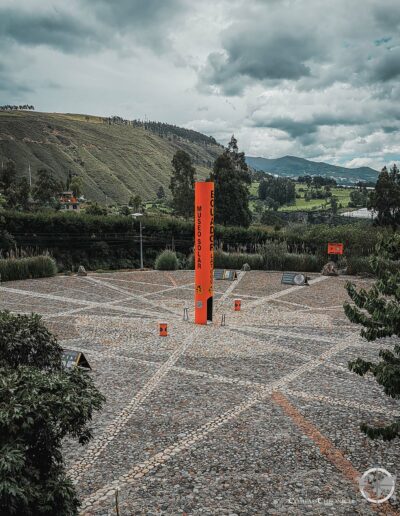
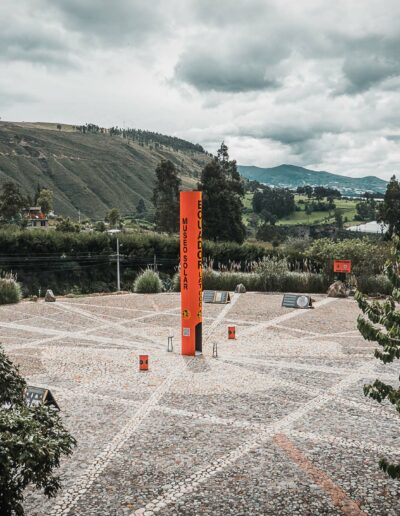
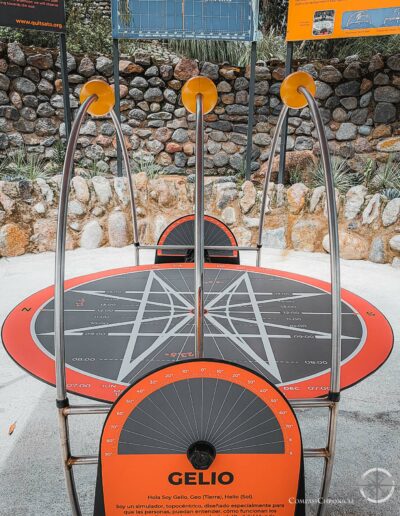
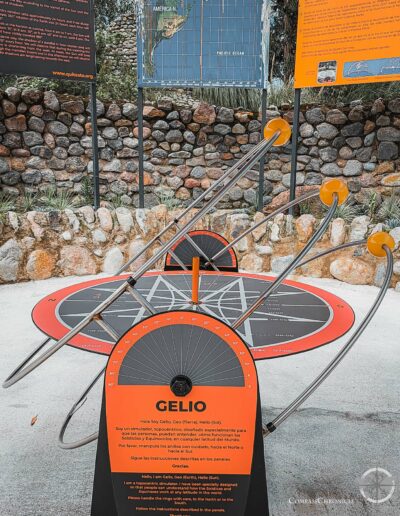
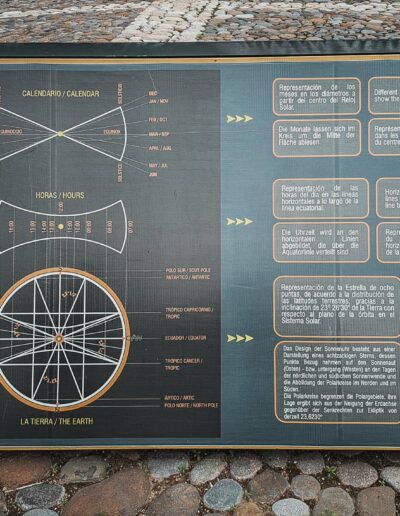
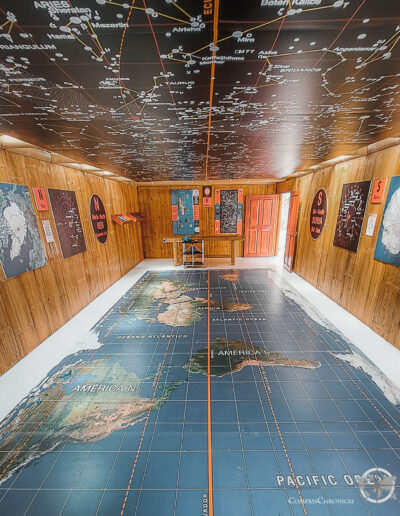
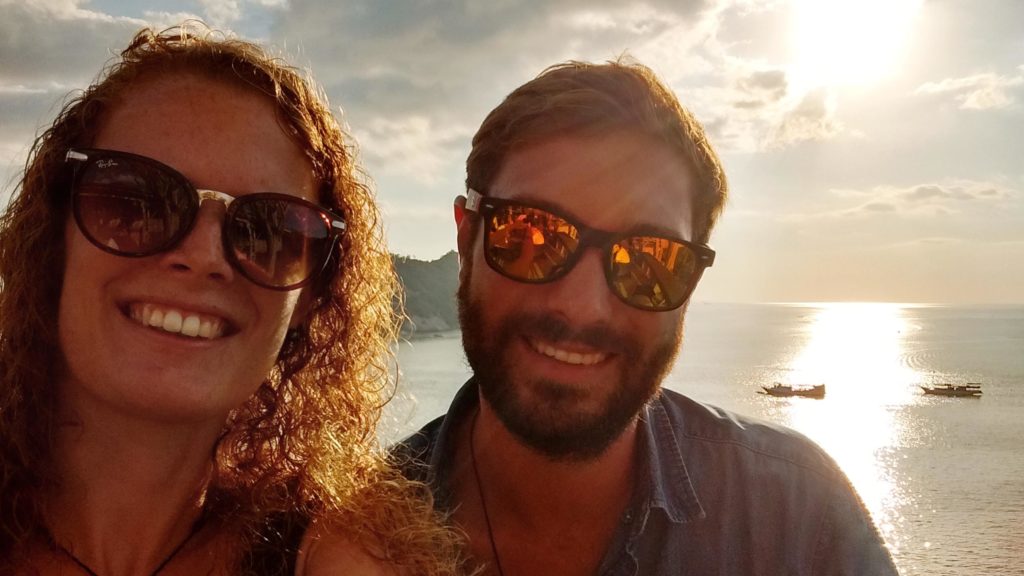
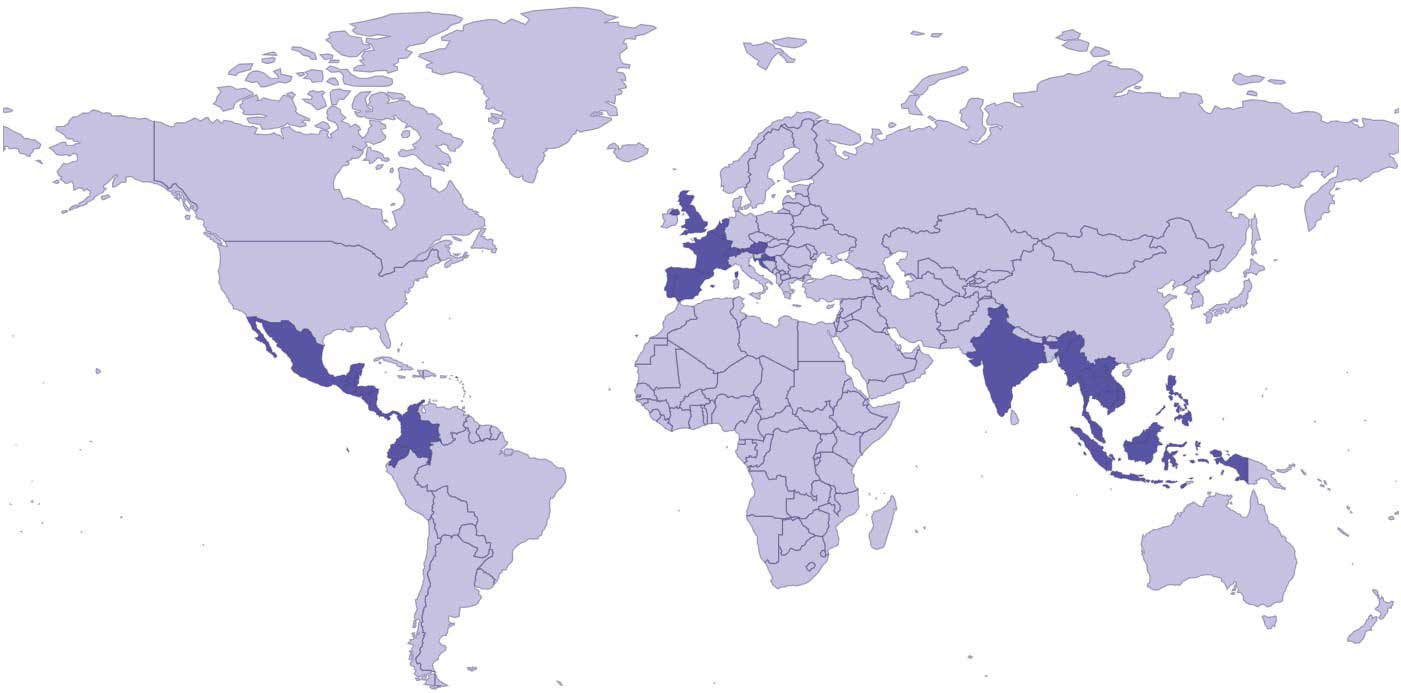

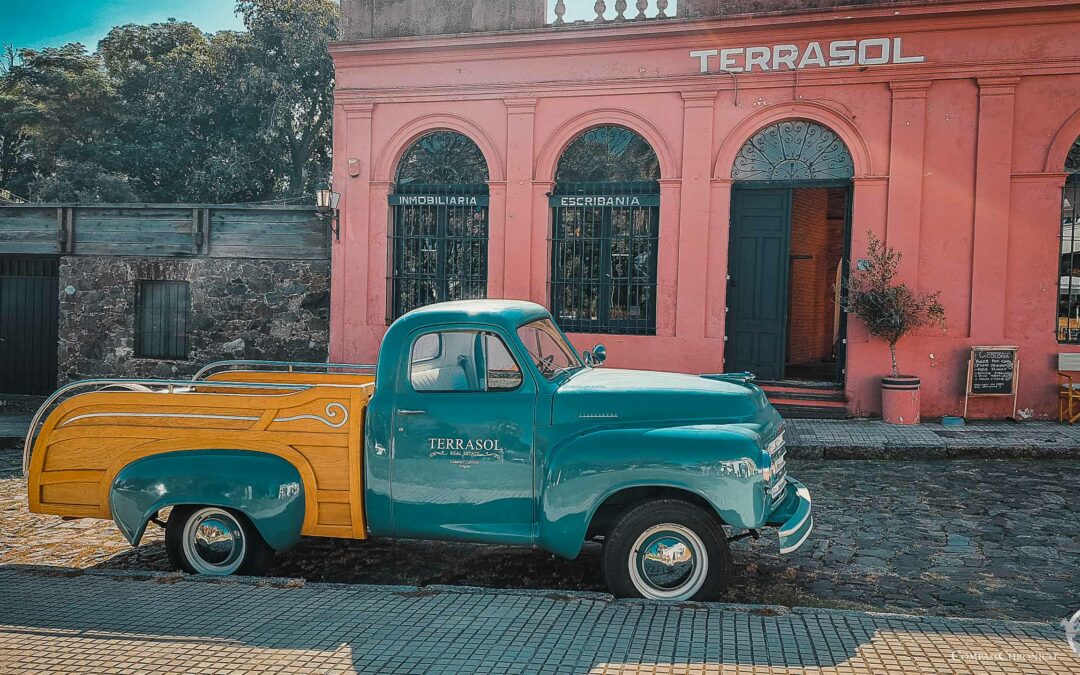
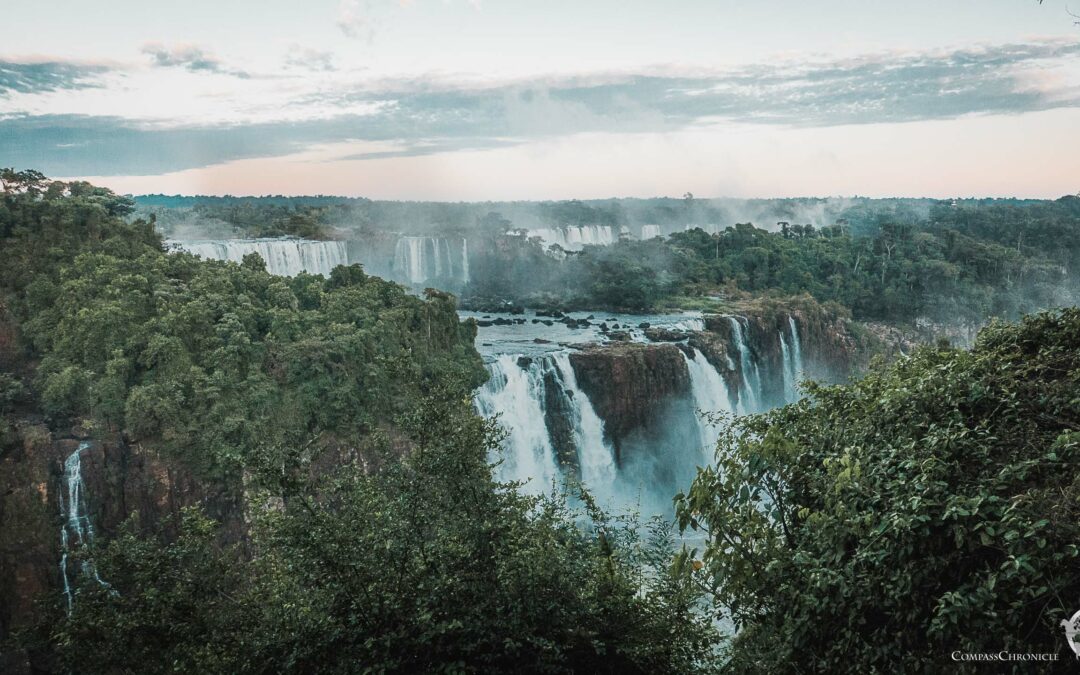
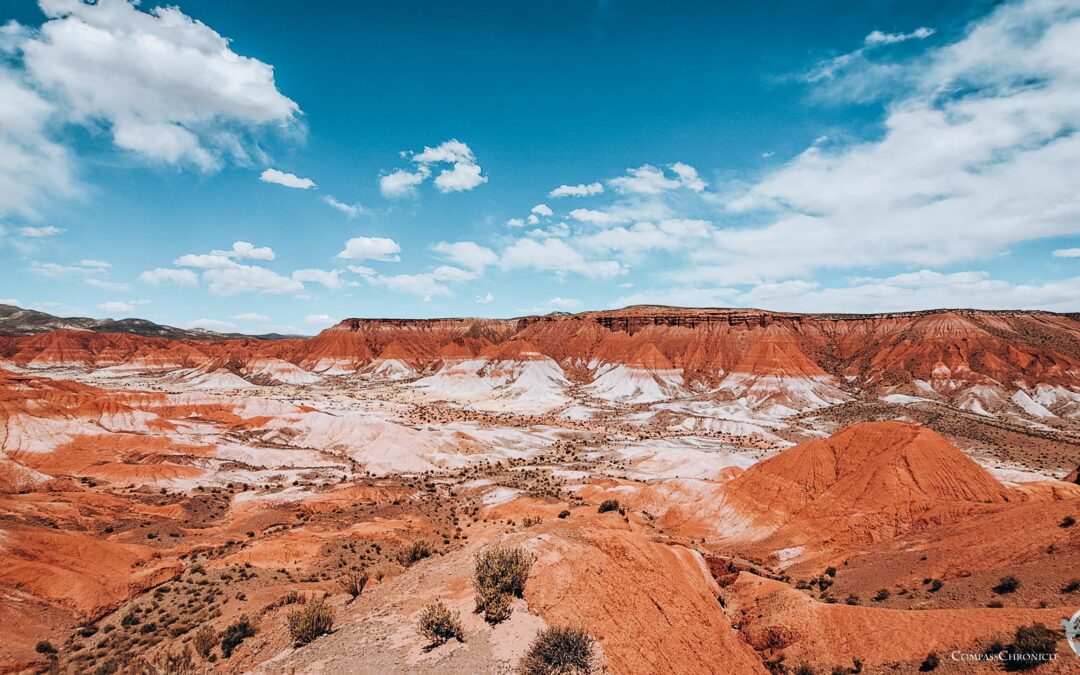
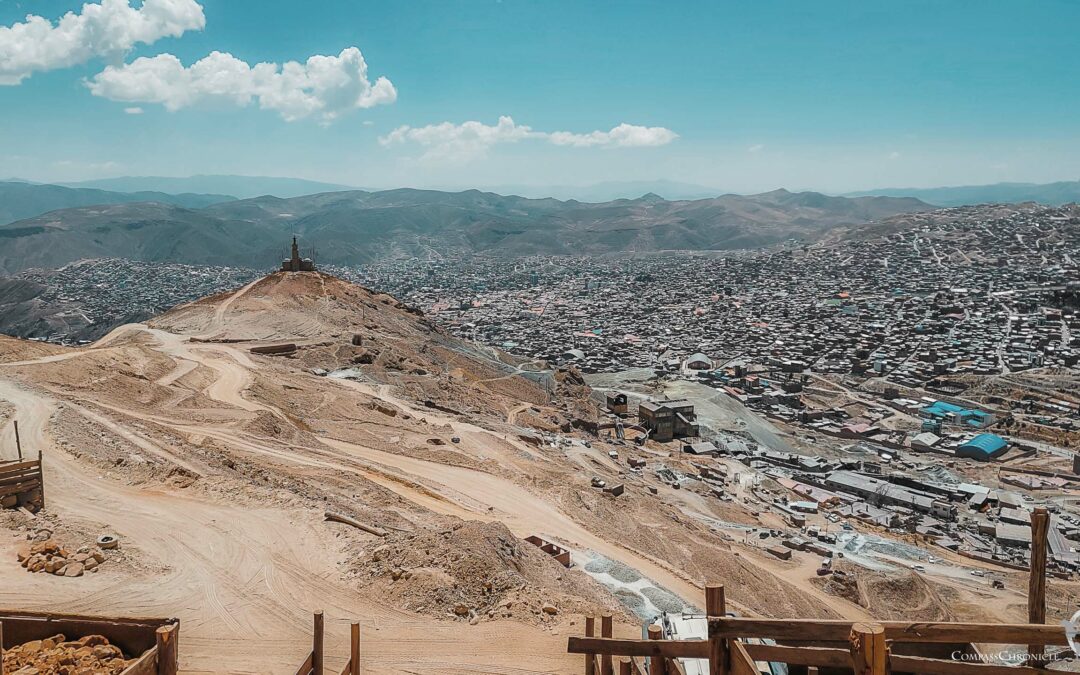
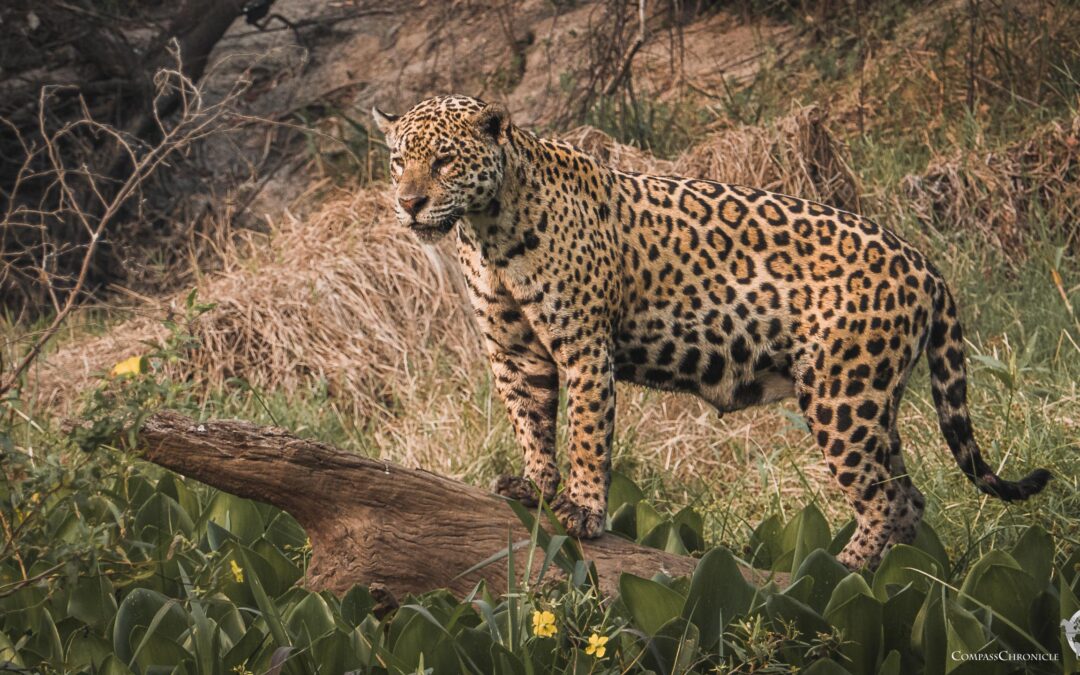
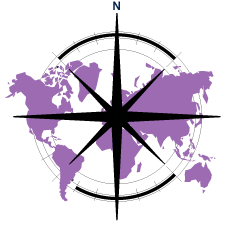
0 Comments